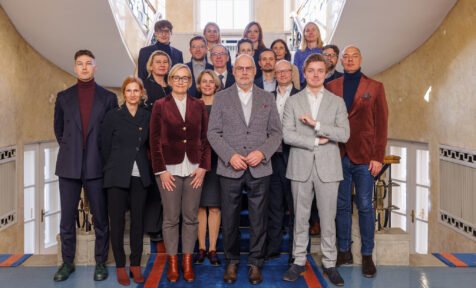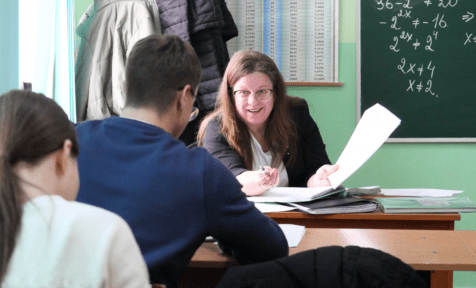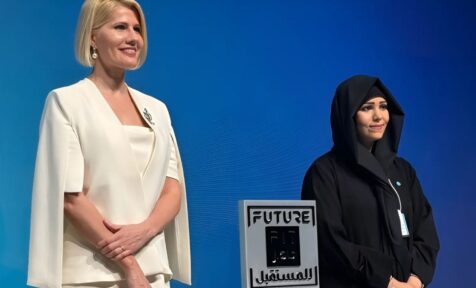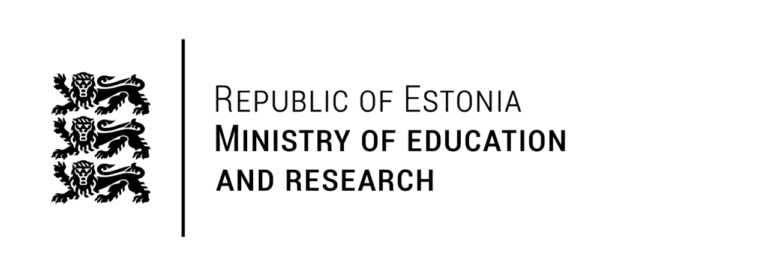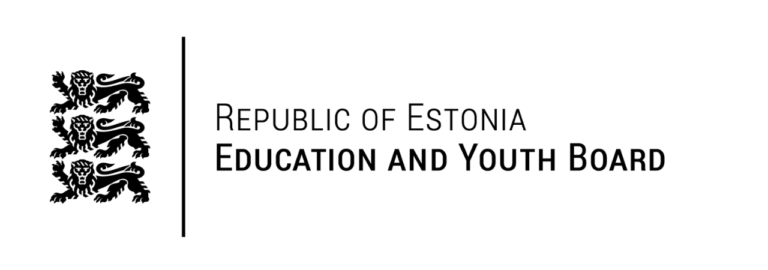Although we understand that every student is unique, teaching in schools is still optimised to an average student. To get beyond this, the Education and Youth Board and the Ministry of Education and Research of Estonia have started building a personalised learning path infrastructure. The infrastructure enables the collection and usage of personal learning experiences while respecting privacy and ensuring security.
Often people think that personalisation happens if each individual in the classroom gets more teacher’s attention and everything else will be the same. But what we have seen in recent years is that personalisation at large scale without any automation is not working. Take for instance Spotify – you set your preferences and the system learns how to personalize music for you. There is no DJ selecting individual pieces of music for you.
Personalised suggestions
The personalised learning path infrastructure takes care of automating personalisation in education. The teachers will set their strategies and students will set their preferences and the infrastructure will do the planning and measuring to deliver personalised learning paths without creating much overhead.
The infrastructure will feature a core set of services to enable evidence-based education. For instance, students get personalised suggestions to improve learning. And teachers get detailed diagnostics about students, allowing them to focus on what matters most. Furthermore, researchers can run studies to analyze trends in society and decision-makers can devise new policies to maximize the impact of education. These are only a few scenarios, which would become reality with the help of the infrastructure.
AI pilots
The learning path infrastructure team started preparations for the initiative last year and have already prototyped a service for harvesting learning experiences. Now they are going to launch two AI pilots. One to learn how to use machine learning for building predictive models for diagnostic testing and another to personalise digital learning material. The aim of the pilots is to refine requirements for the infrastructure and get early feedback to some of its core services.
“Estonia has a goal of at least 50 AI use cases by the end of the year, building on its current 30.” (Forbes, Nov 23, 2020). Digital transformation in education is a global challenge. It requires changing the mindset, new competencies and making IT systems to understand each other. And it all needs to support personalisation because education, after all, is personal. What is great for one student, may not be good for another. What improves the progress of an “average student”, may hold back top performers.
Related:
